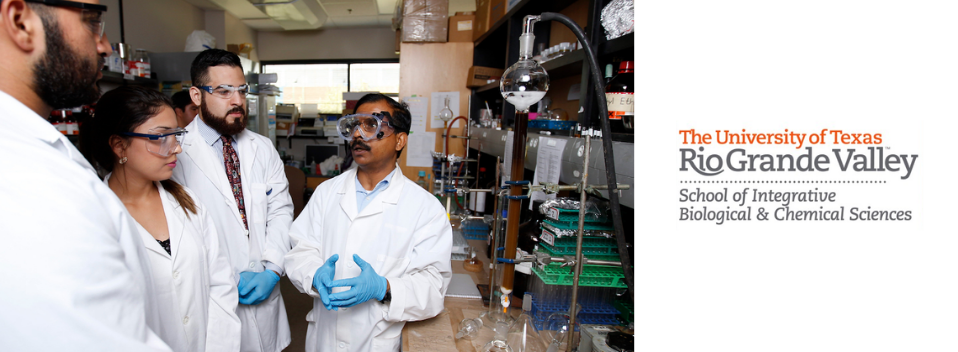
School of Integrative Biological & Chemical Sciences Faculty Publications and Presentations
Document Type
Article
Publication Date
7-6-2023
Abstract
Simple Summary
Ticks are vectors of several agents of human disease, and improvements to traditional surveillance methods are needed to aid in tick-borne disease monitoring and prevention. Invasive wild pigs are broadly distributed in the southern U.S., and removal efforts are often undertaken by local, state, and federal entities. Wild pigs are hosts to several human-biting tick species associated with agents of human disease. This research examines the use of tick collection from wild pigs in the state of Florida as a method of surveillance for ticks and tick-borne pathogens of human concern. Four species of human-biting ticks were collected from wild pigs in this study, yielding similar results to traditional surveillance methods in the state. Known and potential human pathogens were identified in the collected ticks. Landscape features associated with tick diversity and abundance, such as developed spaces, mixed forest, and shrub/scrub habitat were identified, and may be useful for identifying areas of increased risk of encounters with human-biting ticks. These results help to inform tick and tick-borne pathogen surveillance efforts in the state of Florida and suggest that collections from wild pigs may be a useful surveillance tool for continued tick-borne disease surveillance.
Abstract
Invasive wild pigs are distributed across much of the U.S. and are hosts to tick vectors of human disease. Herein, adult ticks were collected from 157 wild pigs in 21 northern and central Florida counties from 2019–2020 during removal efforts by USDA-APHIS Wildlife Services personnel and evaluated for their potential to be used as a method of tick-borne disease surveillance. Collected ticks were identified, screened for pathogens, and the effects of landscape metrics on tick community composition and abundance were investigated. A total of 1415 adult ticks of four species were collected. The diversity of tick species collected from wild pigs was comparable to collections made throughout the state with conventional surveillance methods. All species collected have implications for pathogen transmission to humans and other animals. Ehrlichia, Anaplasma-like, and Rickettsia spp. were detected in ticks collected from wild pigs. These results suggest that tick collection from wild pigs is a suitable means of surveillance for pathogens and vectors. The strongest drivers of variation in tick community composition were the developed open space and mixed forest landcover classes. Fragmented shrub/scrub habitat was associated with increased tick abundance. Similar models may be useful in predicting tick abundance and distribution patterns.
Recommended Citation
Mays Maestas, Sarah E., Lindsay P. Campbell, Michael P. Milleson, Lawrence E. Reeves, Phillip E. Kaufman, and Samantha M. Wisely. 2023. "Ticks and Tick-Borne Pathogens from Wild Pigs in Northern and Central Florida" Insects 14, no. 7: 612. https://doi.org/10.3390/insects14070612
Creative Commons License

This work is licensed under a Creative Commons Attribution 4.0 International License.
Publication Title
Insects
DOI
https://doi.org/10.3390/insects14070612


Comments
© 2023 by the authors. Licensee MDPI, Basel, Switzerland. This article is an open access article distributed under the terms and conditions of the Creative Commons Attribution (CC BY) license (https://creativecommons.org/licenses/by/4.0/).